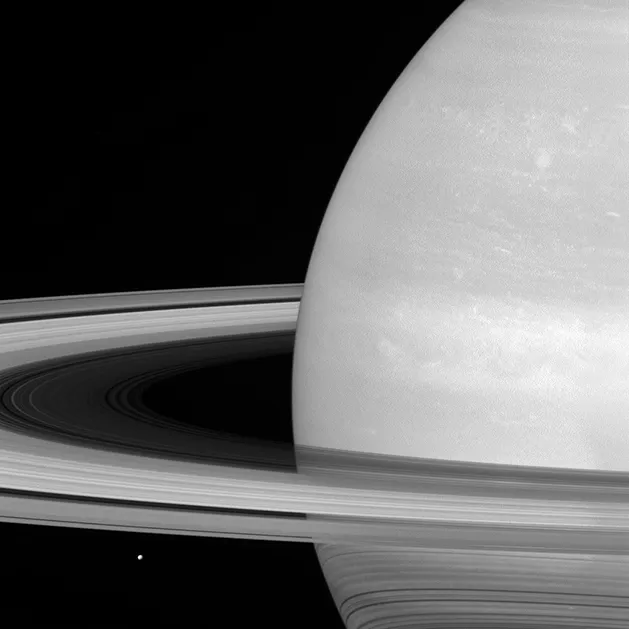As the great Irish poet WB Yeats once wrote, “things fall apart”, and within the Roche limit is where they do it.
The Roche limit is the point at which the tidal effects of a large body on a smaller one become powerful enough to overcome that second body’s own internal gravity, causing it to disintegrate.
It's named after Édouard Roche, the French astronomer who revealed his calculations of this theoretical limit in 1848.
Nearly all known planetary ring systems exist within their host planet’s Roche limit, whereas nearly all natural satellites (moons) exist outside it.

What happens within the Roche limit
There are exceptions, but generally speaking any material outside the Roche limit of a larger body will coalesce and go into orbit around that body, while any material inside it will tend to disintegrate.
This happens because gravity is not equal everywhere. The Moon orbits Earth, for instance, due to the latter’s gravitational pull – but that pull is a lot stronger on the side of the Moon that faces Earth than it is on the far side.
When a small object nears a much larger one, that disparity between the gravity experienced on either side increases, and can eventually cause the object to break up.
The Earth-Moon Roche limit, according to NASA, is about 19,900km, meaning that, were the Moon to drift that close to Earth, it would start to break up.
Even at the closest point in its orbit, the Moon is 363,104 km (225,623 miles) from Earth, so there's no danger of it breaking up (and, as it happens, the Moon is slowly drifting away from Earth).
Saturn's Roche limit is about 117,000km and, given Saturn's rings span from 66,000km to 480,000km from the planet's centre, sits within the ring system.

Why it's important
Gravity is not, of course, the only force in the Universe, nor is it the only thing that holds objects together here on Earth.
That's why, for instance, a tennis ball doesn’t disintegrate when you throw it at a wall.
But out in space, where pure gravitational effects have much more of a role to play, the Roche limit is an important concept that helps explain, for instance, the formation and location of planets around stars, the presence or otherwise of rings around any given planet, and why comets and other heavenly bodies sometimes disintegrate upon coming close to a planet.

